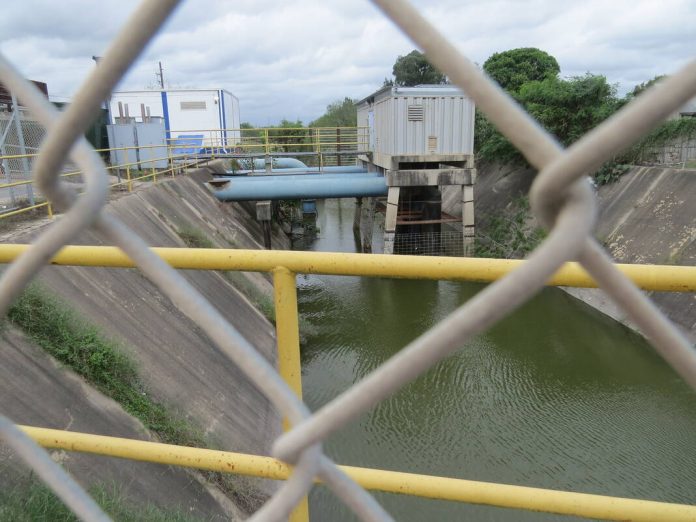
|
Only have a minute? Listen instead
Getting your Trinity Audio player ready...
|
Some big projects to improve drainage and reduce flooding of residential areas in Brownsville are about to get underway.
That’s according to Doroteo Garcia, director of Engineering and Public Works for the city of Brownsville. The projects are contained in a larger drainage master plan that his department is in the process of completing, and which identifies flooding hot spots — not necessarily where it floods most often, but where flooding most often affects residents, he said.
A flooded road is one thing; a flooded neighborhood is another, Garcia said, adding that the master plan will cover not just Brownsville but the region.
“It’ll identify the top 10 areas where, when flooding happens, more dwellings or buildings are impacted,” he said. “It’s not necessarily the areas that always flood, it’s areas that flood and have an impact on our residents.”
Two projects likely to go out for construction bidding early in 2024 involve culvert improvement — lining drainage ditches with concrete — to increase the flow of water to the city’s Impala Pump Station in Southmost during rain events, Garcia said. The pump station itself is in line for an upgrade, though that won’t be for another two years or so, he said.
Another project on the immediate to-do list, and which should also go out to bid early next year, is a detention pond at Four Corners. That project is currently in the design phase, Garcia said.
“We’re pending a public meeting that we’ll be holding probably in January,” he said. “Once we complete that, we’ll submit our plan and all our information to the state. And I’d say probably around March or April hopefully we’ll put out the advertisement to begin construction, hopefully in the summer.”
The area already has two detention ponds, one that serves Ruiz Street in Southmost, plus another one that aids the city’s North Main Drain, which indirectly helps Four Corners, Garcia said.
“We did a channel improvement to help get water out of that area quicker to our North Main Drain,” he said. “What this (new project) is going to do, in that same channel it’s going to expand it to provide detention specifically for Four Corners.”
Garcia said the city has made drainage issues a priority and is “slowly but surely” making progress. Funding for the immediate projects is coming from the General Land Office and grants and loans from the Texas Water Development Board, he said.
“We are using our drainage study to actually implement some of these projects instead of just having another plan on the shelf,” Garcia said.
Also, thanks to a partnership with the U.S. Geological Survey, the city has data-acquisition devices in place at several drainage ditches, which makes it possible to study issues and plan projects based on actual flow data rather than having to rely solely on theoretical data, he said.
“It helps us, one, be more efficient and effective on our projects,” Garcia said.
As for the overall master plan, it contains roughly $100 million worth of improvements, for which funding is not yet in place, he said.
“That’s why we preparing this plan, to try to seek some of the grant opportunities that we have with TWDB, General Land Office, the (Army) Corps of Engineers, for some of the other projects,” Garcia said. “We’ve got to explore all options, right?”
Actually carrying out such projects, including road projects such as the recently completed Price Road milling and overlay, should help build confidence on the part of residents that the city is acting as a responsible steward of the their tax dollars, he said.
“Those are some of the big projects that we’re doing to show that they can trust us with their money, and know that they’re actually going to get a project out of it and not just another study or another drainage plan that never gets implemented,” he said.



